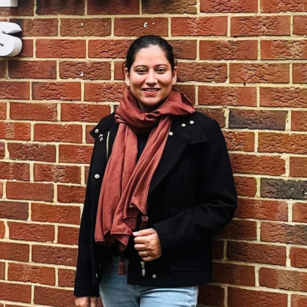At first, it looked like a repeat of the worst state brutality during the January 25 uprisings that unseated the ex-president of Egypt, Husni Mubarak: On Sunday, October 9, security forces deployed tear gas, live bullets and armored vehicles in an effort to disperse peaceful protesters in downtown Cairo. Joined by Muslim sympathizers, thousands of Coptic Christians had gathered that afternoon in front of the capital’s state television and radio building, known as Maspero, and in many other parts of Egypt, to protest the burning of a church in the Upper Egyptian village of al-Marinab. A few days earlier, their initial demonstrations had also been met with violence.
What happened next, however, was worse than any single incident of state violence in January and February: Captured live by the cameras of the al-‘Arabiyya satellite channel, armored personnel carriers bearing army markings sped toward the protesters, at one point bumping cumbrously over curbs and a sidewalk, and crushed several people to death underneath their massive treads.
By night’s end, 17 demonstrators were dead, and 300 more injured, some in critical condition. The death toll is now at least 25 and counting. Furthermore, the army’s claim to fame during the January-February popular uprising – that it would not, under any circumstances, harm Egyptian civilians – has now been given the definitive lie.
